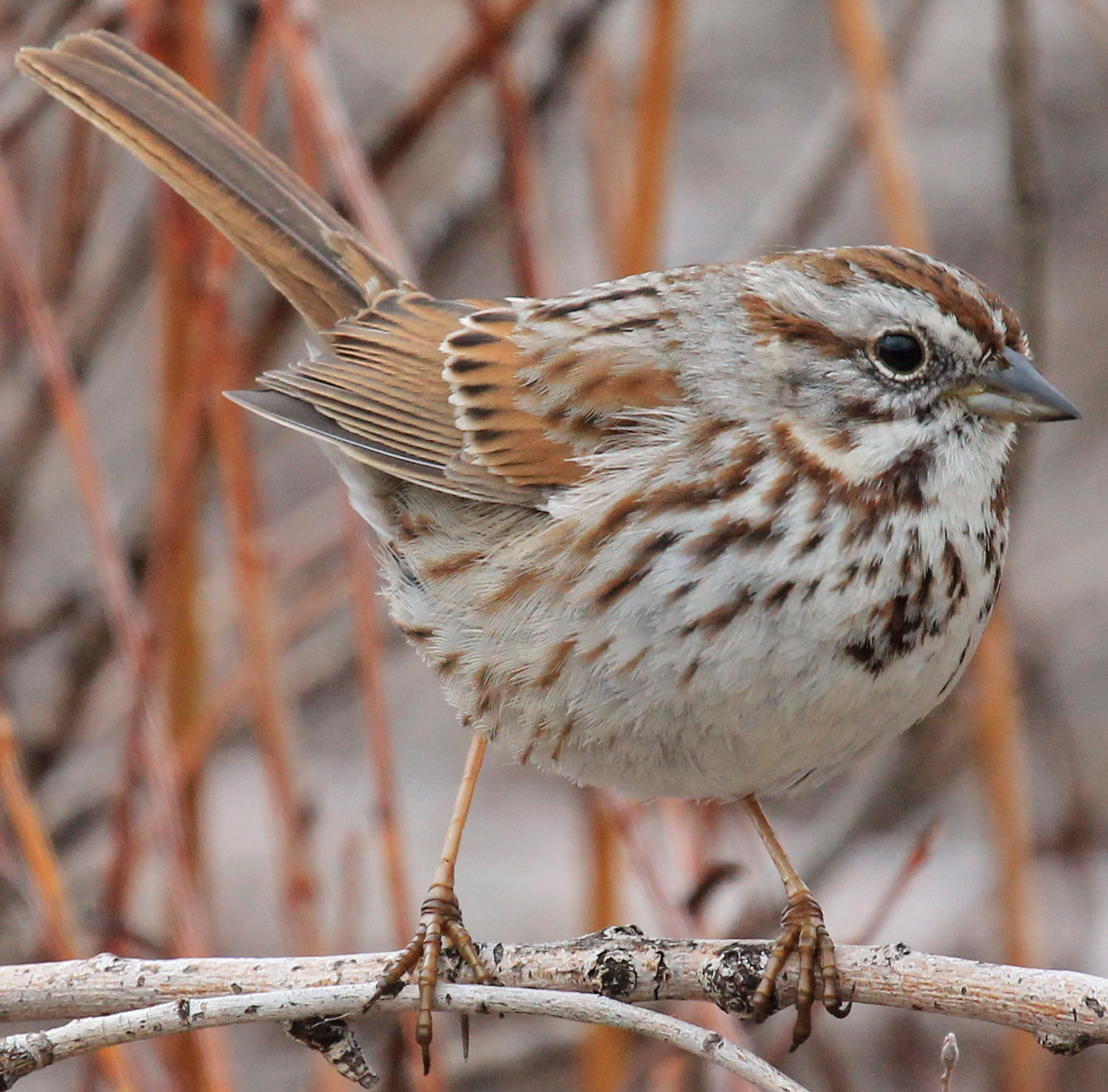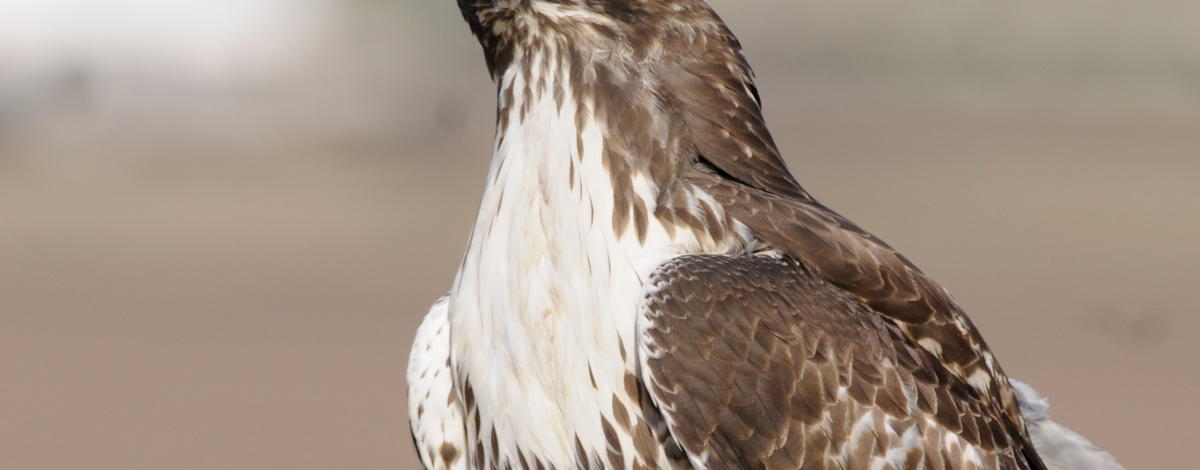As a birder, there is almost nowhere I would rather be than southeastern Idaho in the fall. In the later summer, migrant birds begin their southward journeys, stopping over along the way to rest and refuel.

August brings excitement to birders, as shorebirds are among the first migrants to come through. Shorebird identification can be difficult, especially because many shorebirds breed in the Arctic and the only time we see them in southeastern Idaho is during the fall when they are in nonbreeding and juvenile plumages. Minute differences in shape, size, and feeding strategy can enable observers to correctly identify them.
Shorebird habitat is ephemeral, as these migrating mud probers are drawn to exposed mudflats that can disappear in a matter of days. Any body of water has the ability to attract migrant shorebirds, if the water levels are appropriate, including the Snake River.
In Idaho Falls, sandbars in the Snake draw hundreds of gulls along with shorebirds like Stilt Sandpiper and Sanderling, as well as more common species such as Least Sandpiper, Spotted Sandpiper, Black-necked Stilt and American Avocet.
American Falls Reservoir, Camas National Wildlife Refuge, and Market Lake Wildlife Management Area can also provide excellent shorebird habitat and viewing in early fall– find them on the Idaho Birding Trail!
As shorebird habitat dries out and they head toward their wintering grounds, birders in southeastern Idaho turn their attention to migrant songbirds. Late August and early September are heaven in southeastern Idaho for birders and migrants alike.

Shelterbelts amid vast expanses of sagebrush steppe provide critical habitat for migrating warblers, sparrows, tanagers, vireos, and a host of other songbirds. Often, rare species can be found in shelterbelts, such as the state’s first Great Crested Flycatcher and a White-eyed Vireo that were both found at Camas NWR in fall of 2017, and a Black-and- white Warbler found in fall of 2018.
Even if no rarities are present, Camas refuge's headquarters provides excellent birding in the fall. The cottonwood shelterbelts can harbor hundreds of birds, including massive numbers of Wilson’s Warblers. It can be exhausting to pick through the Wilson’s in search of something rarer, but it’s also an opportunity to enjoy even the most common birds. It’s never “just another Wilson’s.” Migrants also travel along riparian corridors such as the cottonwoods along the Snake River. Migrant songbirding in southeastern Idaho is great through the end of September and even into early October; you never know what you will find!
With migrant songbirds becoming scarce later into the fall, migrant raptors provide birders with something else to search for. Atop any ridge in the fall, be on the lookout for migrating raptors. From August to December, raptors move through southeastern Idaho on their way to southern wintering grounds. Raptors use updrafts and thermals to enable their long migrations.

Although no designated “hawkwatch” (a place where humans congregate to watch hawks migrate) exists in southeastern Idaho, many raptors do move through the area. Large groups of Swainson’s Hawks can be seen as they stage for migration, moving in kettles that sometimes contain hundreds of birds. These birds will travel all the way to Argentina before their journey is complete. Many Red-tailed and Ferruginous Hawks breed in southeastern Idaho, moving south in the early fall, to be replaced in the late fall by Rough-legged Hawks. A variety of exposed ridges exist in southeastern Idaho where humans can enjoy the beauty of migrating raptors, including Sawtelle Peak in Island Park. I like to hike to any peak in the Beaverhead or Lemhi mountains and search for migrating raptors from a windswept ridge.
When raptor migration dies down, birders can still search for waterbirds such as scoters, loons, jaegers, gulls, and others on any large body of water, as long as it remains ice-free! Fall migration begins in August and wraps up in late November to early December and there is no better place to be birding than southeastern Idaho!

